We needed to replace an essential part of our car: the alternator. But where would we get the parts in southern Mexico? Would we ask the help of a mechanic, or attempt to solve the problem on our own? What were our options, and why was this question so difficult for us?
So your first question might be: what is an alternator bearing?
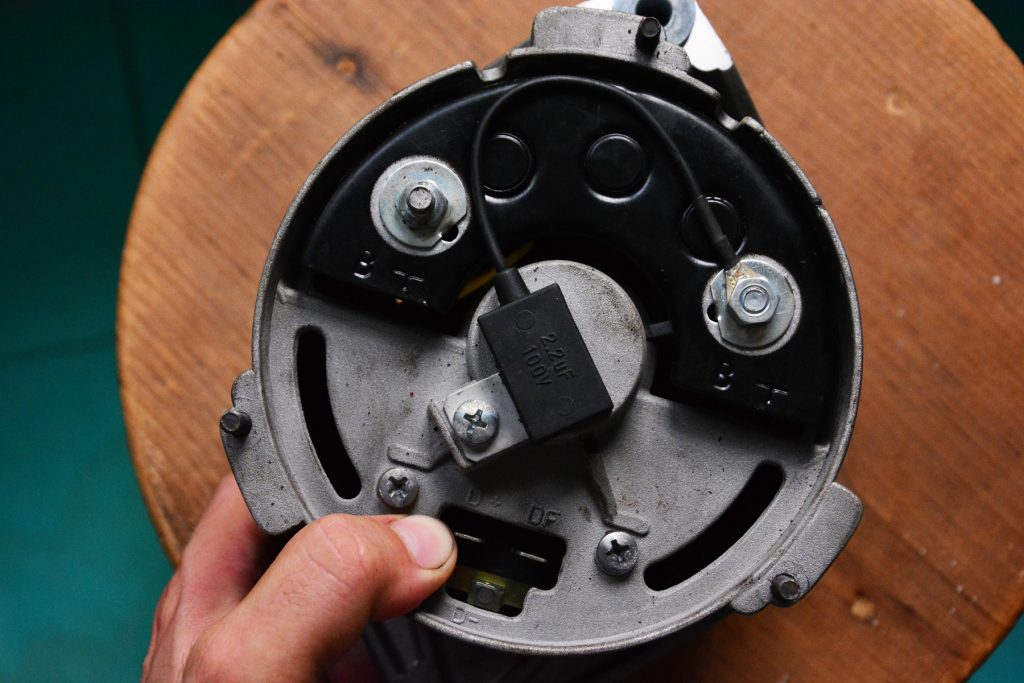
The rear of our (new) alternator. To get to the bearings, we would need to open it up. The bolt that was the source of the short (see below) is the one on the top right. To fix the electrical short, Sven sawed the end off the bolt to make it shorter.
Sourcing alternator parts
What did we need to fix?
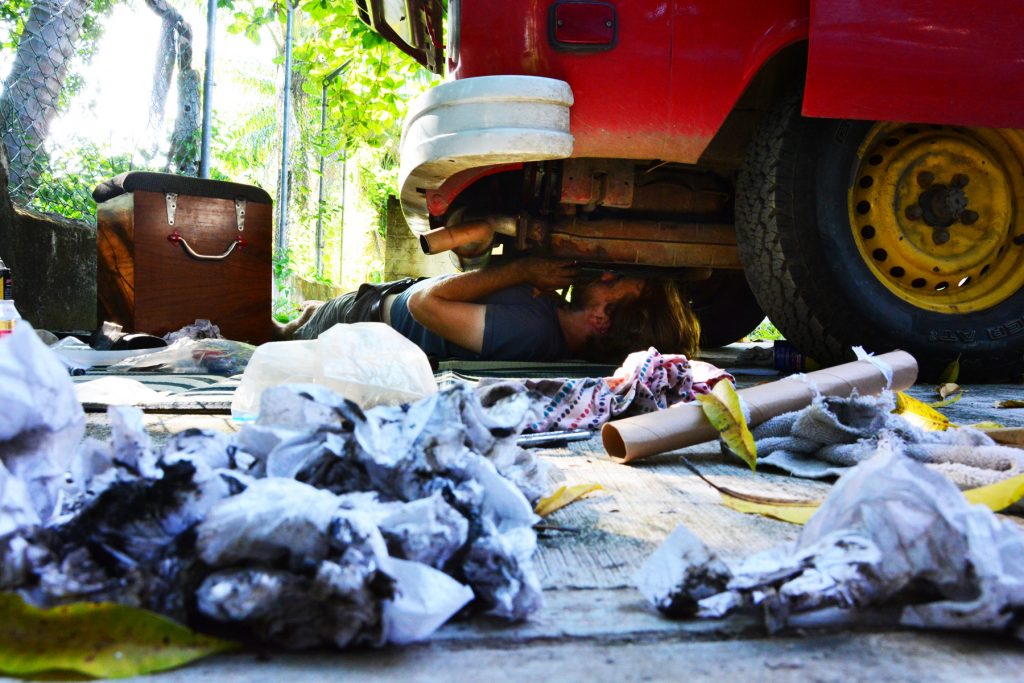
One of the most important things for a good repair job? Plenty of paper towels.
Option #1: Replace the alternator itself
Option #2: Replace with a Mexican alternator
Option #3: Rebuild the alternator ourselves
Option #4: Have someone in Mexico rebuild our alternator
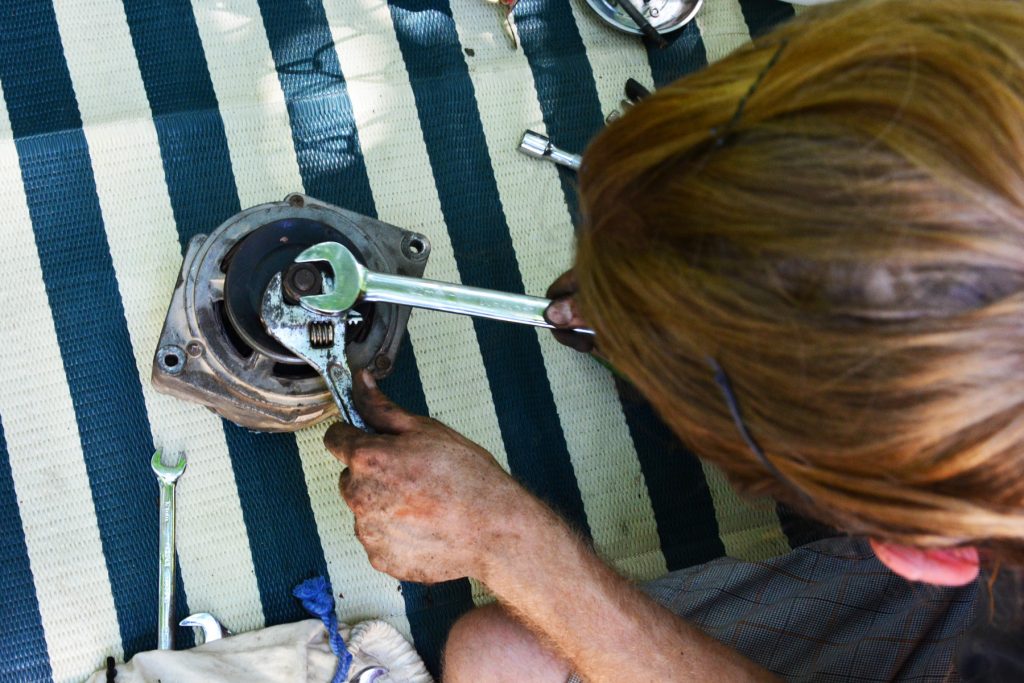
Surprisingly, the alternator pulley took a lot of effort to remove. It has to be taken off the old alternator and attached to the new one.
Stereotypes and Mexican mechanics
Learn from those who came before you
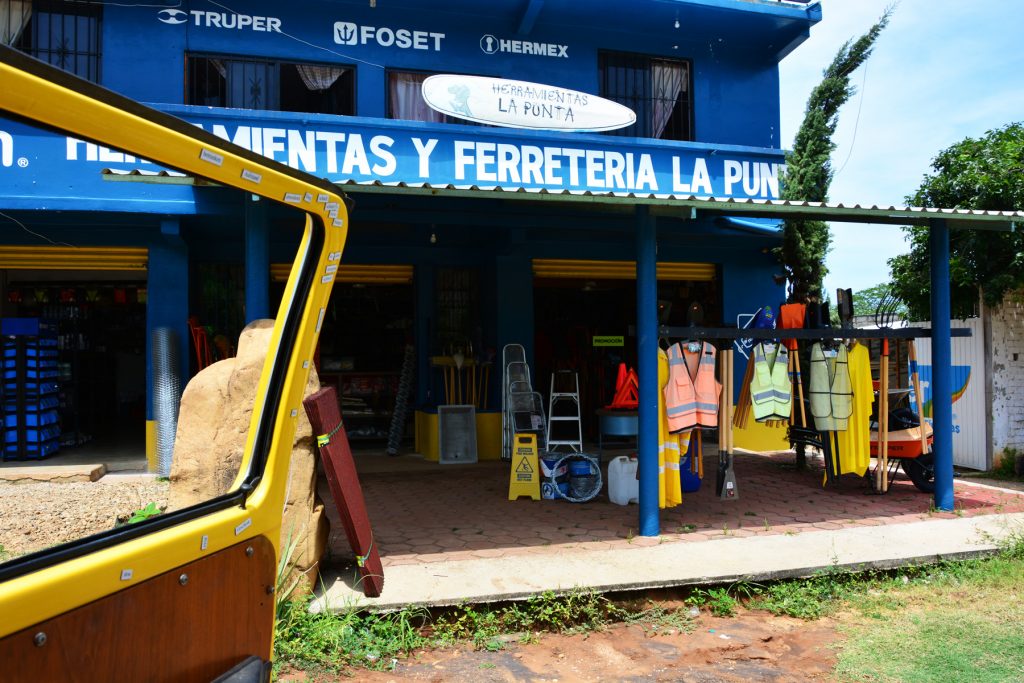
The ferreteria, or hardware store, an essential stop for car-repair days.
Decision time
So how does this story end?

Five stars for FedEx Mexico.
This story ends with success, if a turbulent one. After the hassle of making sure our package got shipped to the correct city, it actually got here on time. I should have more faith in the Mexican postal system. We picked up our package from FedEx one week before we had to leave Puerto Escondido.
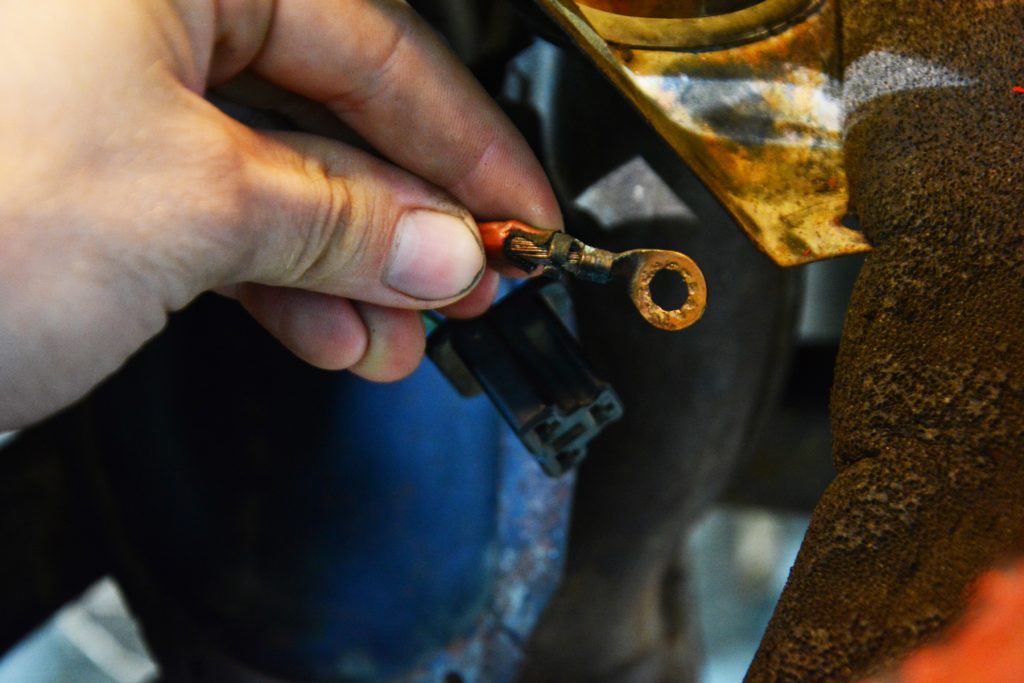
You aren’t supposed to see those wires. Oops.

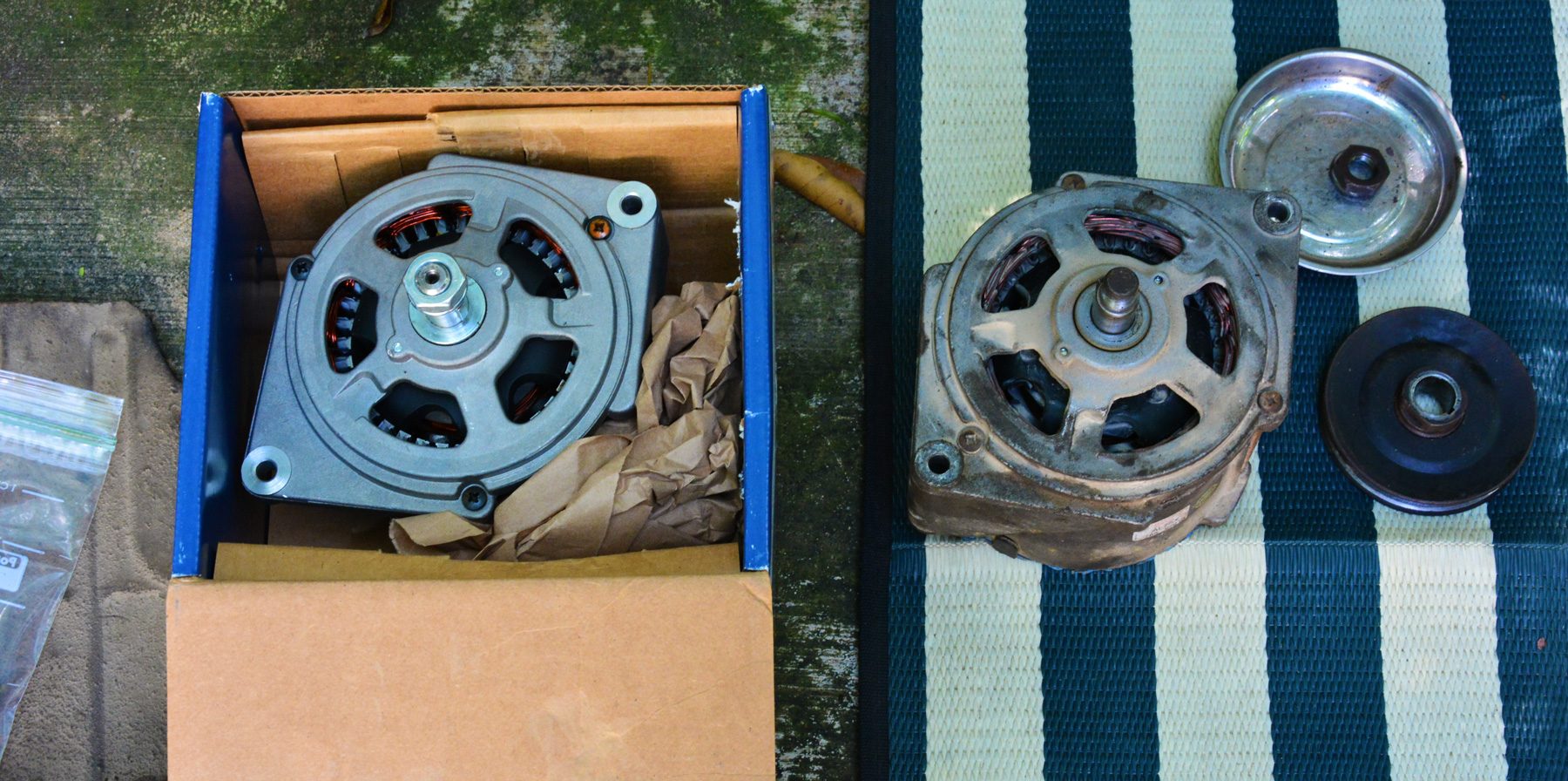


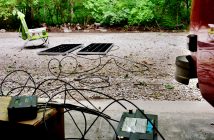
3 Comments
So much suspense in international car repairs. Definitely smart approach to rebuild old one as a spare. I probably would have gone with a local, low cost new part (or maybe even two of them) rather than trust the postal system, but super stoked it all worked out for you. May this be your LAST auto repair Blog!!!
Thanks Mike, we hope so, too! Even if the road is long, we will figure it out!
Yea! All is well with Big Emma again!